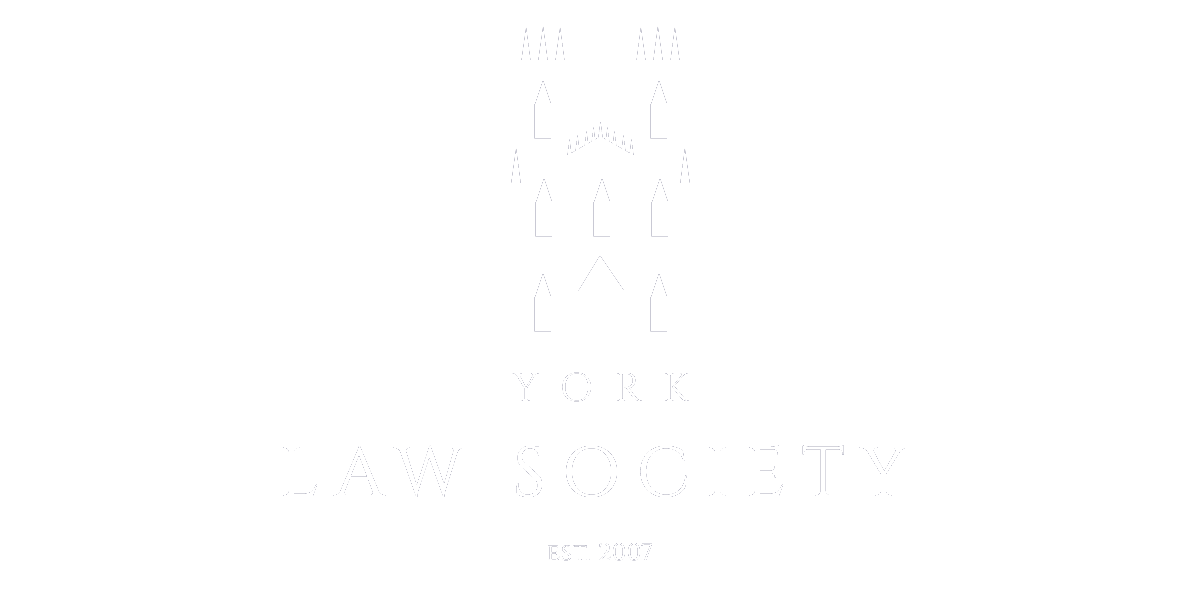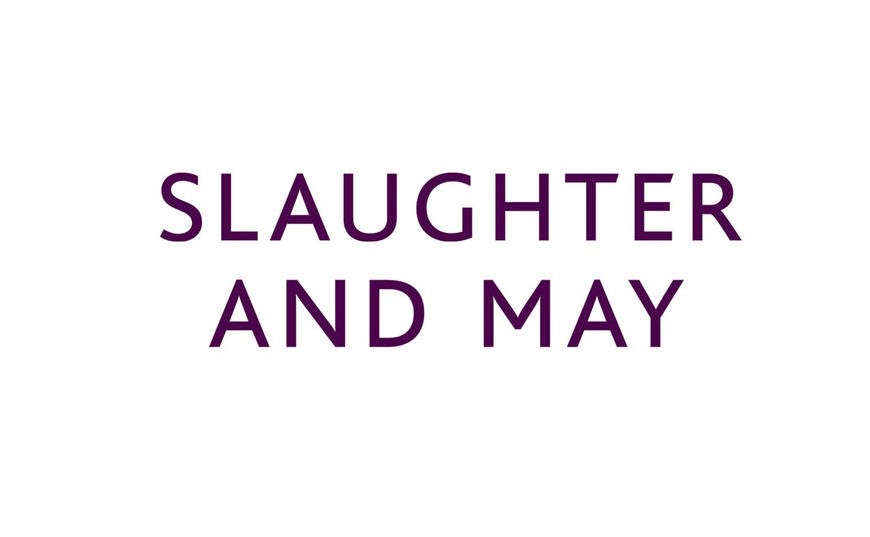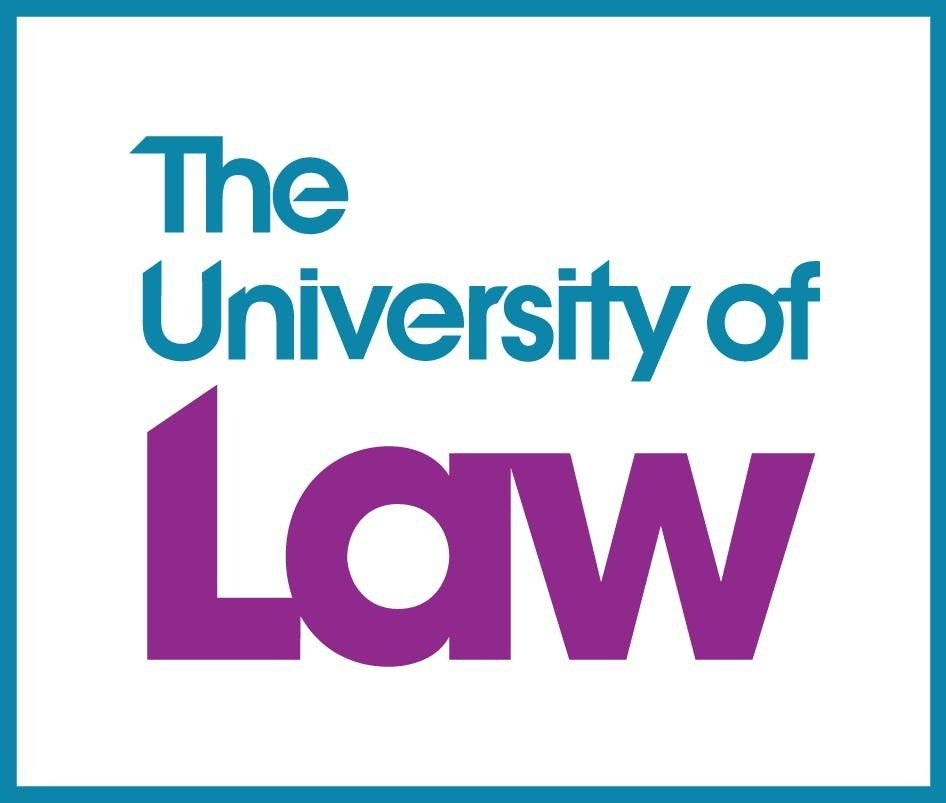Before homosexuality was criminalised by the Criminal Law Amendment Act 1885, it was
pathologised as a symptom of sexual deviance [1]. Once this was accepted into medical
discourses, it created a specific homosexual identity [2], which later produced a disparate
heterosexual identity, which was also novel [3].
Around 1890, homosexuality began to be ‘othered’ as laws were created to criminalise it [4].
Previous criminal offences of buggery and sodomy were built upon to develop laws specifically
targeting male-male relationships to ‘reinvigorate public morals’ [5]. However, these laws were
only enforced once social attitudes turned against homosexuality, a shift emulated most
notably in the Oscar Wilde trials [6].
The result of this criminalisation though, beyond the oppression of homosexuals at the time,
was to create a strong sense of collective within the community by creating ‘a reverse
discourse’ which demanded legitimacy [7]. This led to the modern gay identity; through which,
campaigning for rights and protections in the law came about. Today there are protections for
homosexuality, which may never have come about without its prior persecution (albeit there
would have been no need) [8].
In this sense, the law helped to consolidate the marginalisation of homosexuality and later to
negate this. It demonstrates how the law will follow social attitudes, but more so, how the law
can create and protect identities. Gay rights still have some way to go, though what is
undisputed is the essential role the law has and will play in their development.
[1] Criminal Law Amendment Act 1885; Richard Von Krafft Ebing, Psychopathia Sexualis (1886),
‘Antipathic sexuality’ referred to contrary sexual instinct, covering transvestism and
transsexuality as well as homosexuality; Andreas De Block, ‘Pathologizing Sexual deviance’
[2013] 50(3-4) Journal of Sex Research 276, 281.
[2] Michel Foucault, The History of Sexuality (Éditions Gallimard 1978) vol 1.
[3] It is worth noting that this only focussed on male-male relationships, for a full discussion of
female homosexuality see Lilian Faderman, ‘The morbidification of love between women by
nineteenth century sexologists’ (1978) 4(1) Journal of Homosexuality 73-90; Birgit Lang, ‘Normal
enough? Krafft-Ebing, Freud and homosexuality’ (2021) 34(2) History of the Human Sciences
90, 99.
[4] For discussion of the othering of homosexuality see Raewyn Connell Masculinities (Polity
Press 2005) as cited in Anna Einarsdóttir and others, ‘It’s Nothing Personal: Anti-
Homosexuality in the British Workplace’ (2015) 49(6) Sociology 1183, 1185.
[5] HC Deb 28 February 1890 vol 341, cols 1534-1535; Criminal Law Amendment Act 1885.
















